In 2003, the Hong Kong Government commissioned the restoration of this historical site, awarding the tender to CK Asset Holdings Limited as the first private sector adaptive re-use project of its kind in the territory.
The revitalisation took more than six years to complete, and was carried out in accordance with world conservation standards. A world-class team of experts, including architects, historical building preservationists, designers, tree experts, landscape architects and engineering supervisors, were employed to bring the “1881 Heritage” vision to life.
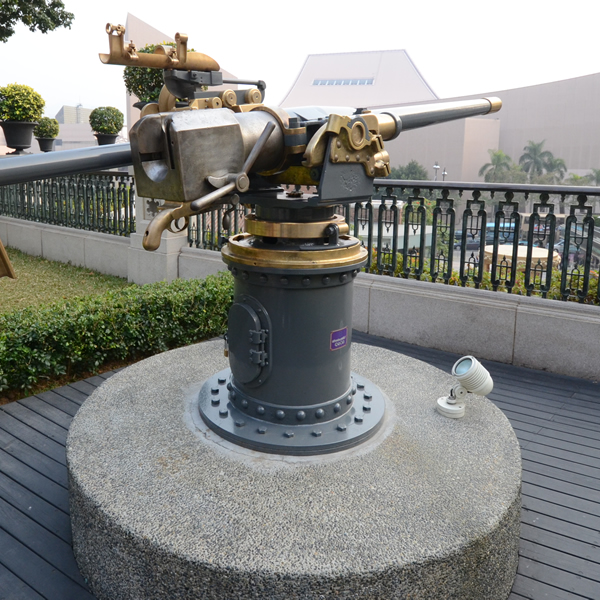
The Gun
A three-pounder Hotchkiss quick-firing gun was once mounted at the north-western corner of the lawn of the Former Marine Police Headquarters. In 1961, a swap took place with Jardine’s Noonday Gun in Causeway Bay. Jardine’s original gun was then mounted on the lawn of the Former Marine Police Headquarters until it was transferred to the new Marine Police Headquarters at Sai Wan Ho in 1996. The replica gun now on display in front of the Main Building represents one of the two replacement cannons sourced from abroad.
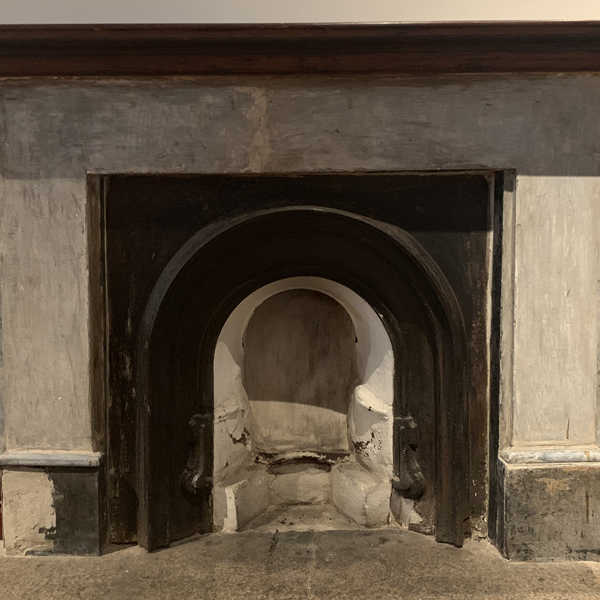
Fireplaces
The Main Building of the Former Marine Police Headquarters was fitted with fireplaces. The original, intricately-designed cast-iron fireplaces have been preserved.
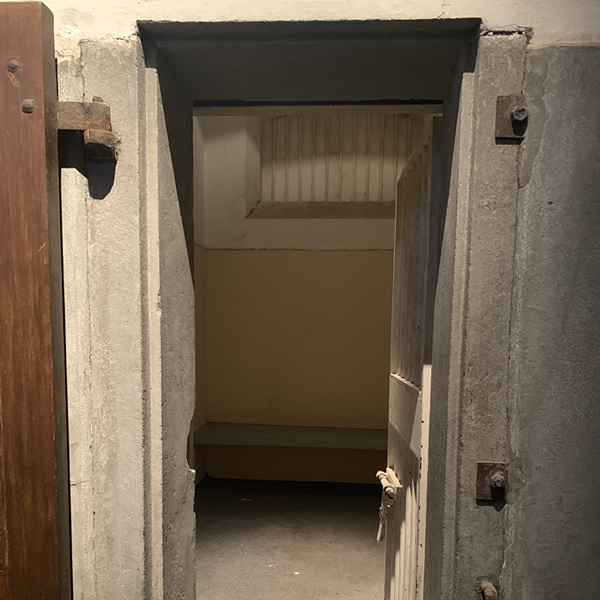
Cells
Three holding cells with over a hundred year of history housed at the Former Marine Police Headquarters have been preserved.
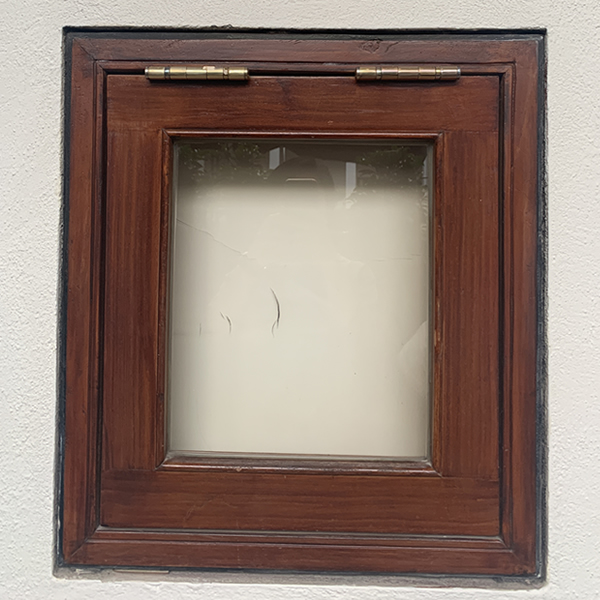
Security Windows
Marine Police officers followed security procedures in receiving and returning firearms through the security windows of the ammunition room.
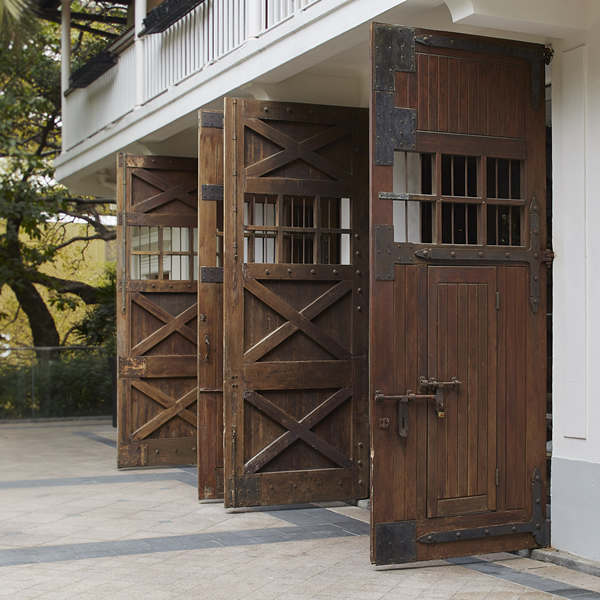
Stable Block
The Stable Block was built to house and was later transformed into garages when motor vehicles were introduced. The original wooden door was preserved. Please note that small door set within the large door, the latter was for passage of horses and the former, their caretakers.
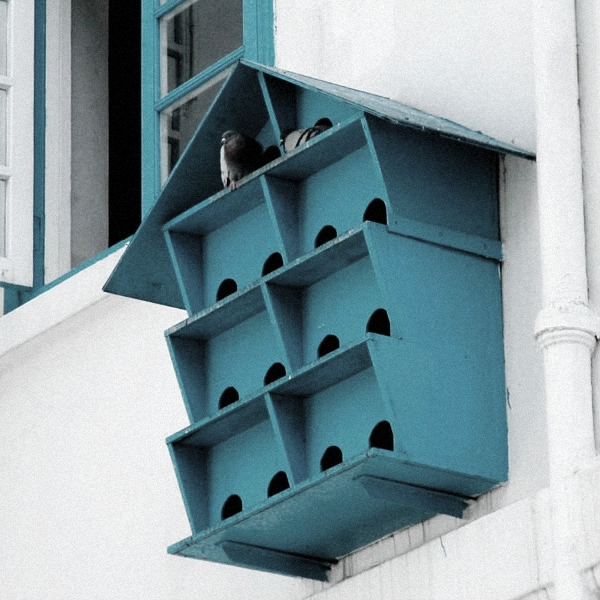
Pigeon Houses
Pigeon Houses were erected in the Main Building of the Former Marine Police Headquarters.These were believed to have housed carrier pigeons,which were used as means of communication in the 19th century. There original pigeon houses have been retained in-situ to commemorate these pigeons for their service.